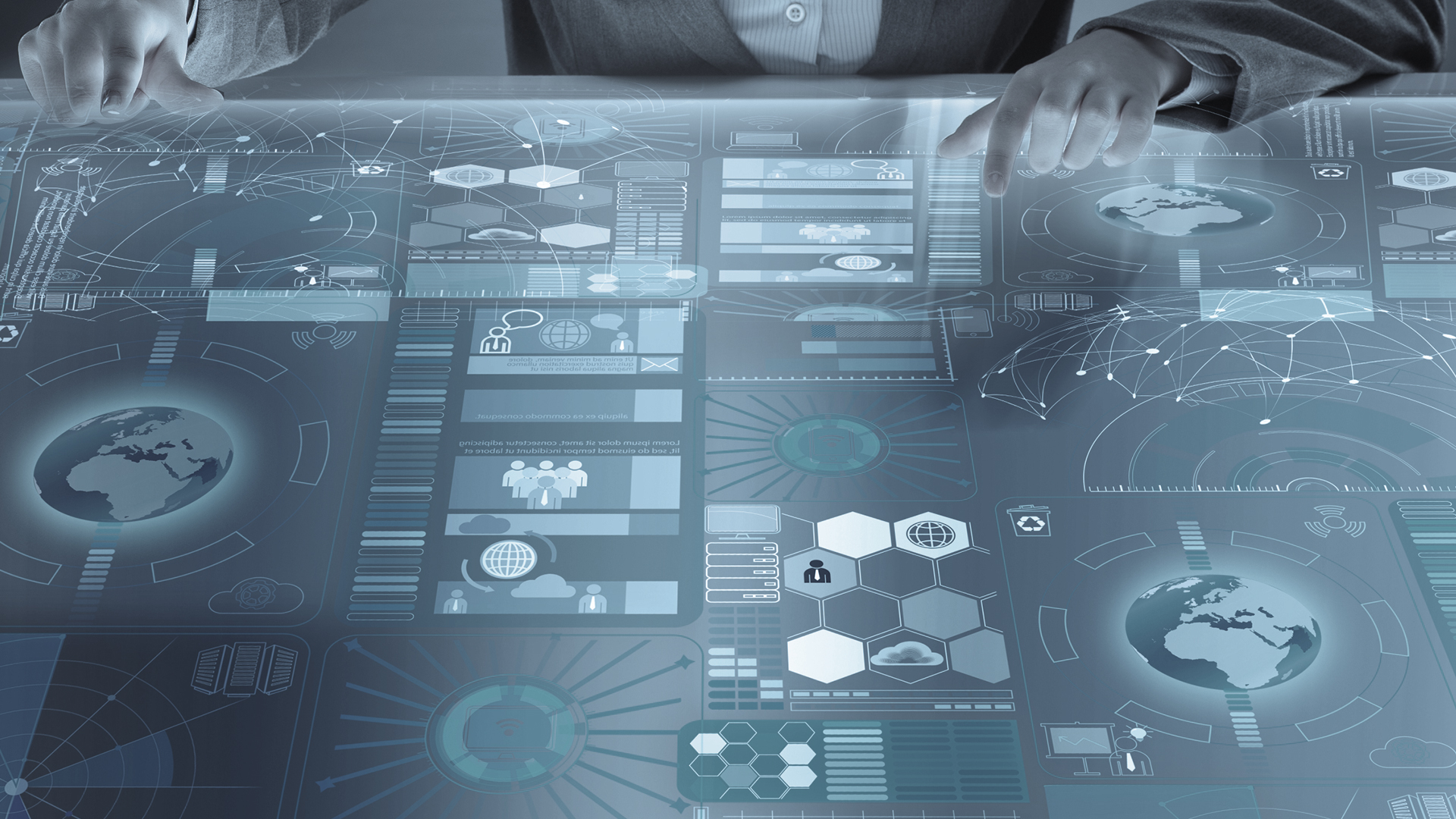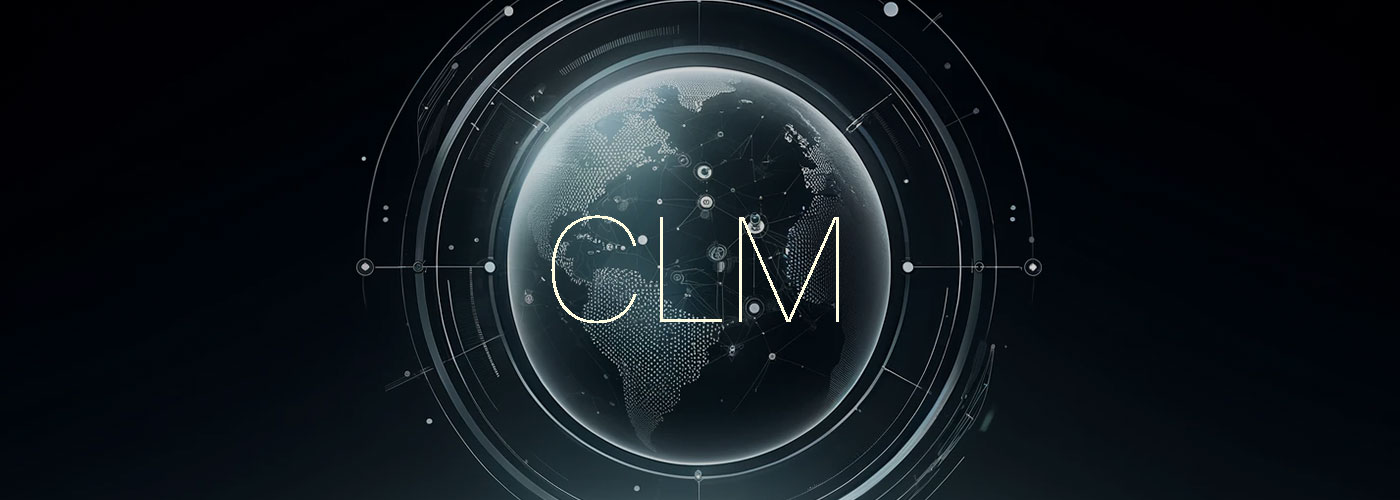Legal professionals process mountain loads of data. This data holds even more value in the form of unlocked potential that can be used to create better litigation outcomes and legal department decision-making. But how can attorneys unlock the potential stored within these data sets? The process of harnessing data across the organization by utilizing Artificial Intelligence (AI) is called legal analytics.
Unlocking the potential of legal data
Legal analytics is the process of identifying, extracting, and using data points to create better legal processes and litigation outcomes. As LexisNexis defines the term, “legal analytics is the science of drawing insights from large volumes of data” which can assist litigators in making better-informed case and business decisions.
There are 3 types of data categories across legal organizations, according to Clio, and they make up
- Individual data, composed of personal data from clients for instance,
- Internal law firm data, which is made up of billing hours, and everyday tasks, and
- Legal industry data, which includes third party research from the legal industry.
Legal Analytics Software
With legal analytics software, manipulating data points from these categories and from case matters, dockets, and win/loss outcomes is easy as pie. Legal analytics tools scan voluminous matter for specific data on wins and losses, or the historical outcomes of cases. Once identified, the legal analytics softwares stores the data, and compares them against data that has been input before, or older sets of data, to come up with metrics for comparison.
Artificial intelligence
Artificial intelligence harnesses the potential that is locked away within data points across firms, courts, and legal departments. With AI, litigators can find data sets from prior or past instances. Litigators can use AI software tracking of data to keep track of a particular judge’s biases or potential outcomes, allowing the litigator to shape a case in favor of them or their client.
Machine learning
Although an offshoot of AI, machine learning (ML) takes the boundaries of legal analytics further than ever before. An ML algorithm can identify patterns in data sets. It can extrapolate these patterns into a model, then utilize these models to make predictions by forecasting similar patterns in new data sets.
Our indemnity predictive and analytics tool, iPAT, utilizes ML. IPAT is a predictive analytics tool we designed in conjunction with our tech partner FelixHealthcare.AI, to assist auto litigators in predicting litigation case payouts.
Language processing
According to PR Newswire, the Natural Language Processing (NLP) market is predicted (pun intended) to hit $27.6 Billion by 2026! But what exactly is NLP? It’s a derivative of AI that processes human language via text or voice, and famous applications are voice recognition tools and online predictive search tools.
In a legal setting, NLP tools can
- Streamline legal research
- Draft and analyze documents
- Automate daily tasks
- Predict case rulings
NLP in legal analytics processes assists in keyword or phrase research, and in translating plain terms into legal terms, which can cut time spent on legal research drastically. It also helps clients and lawyers alike, by saving hundreds of dollars, months of tedious research, and human resources.
There is a legal analytics tool for every need, and it is growing. Whether you want to know which way a judge may swing, how much an indemnity payout will cost your client, or to trawl mountains of paperwork for the right search terms, legal analytics is here to stay and simplify your legal life.




